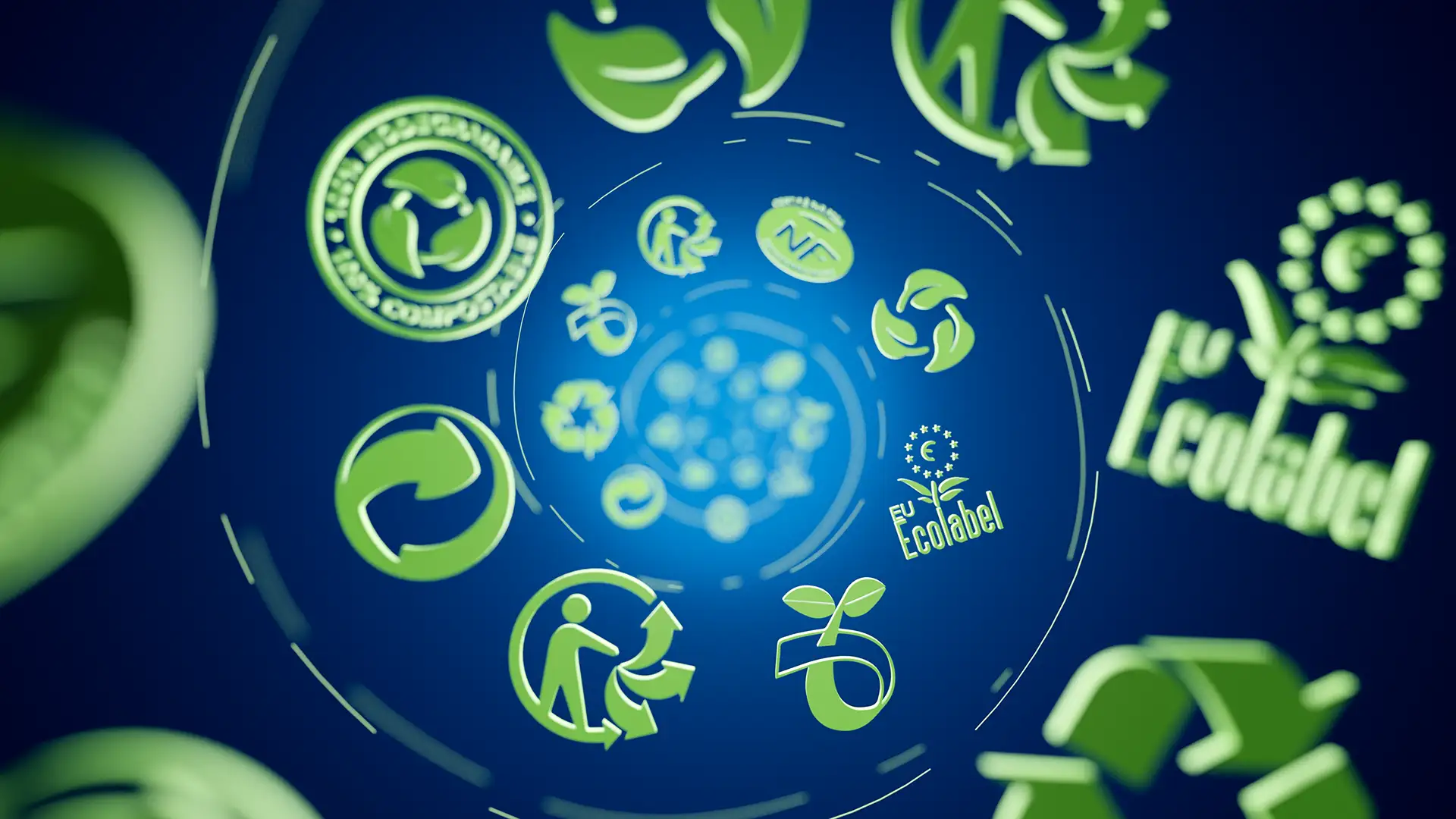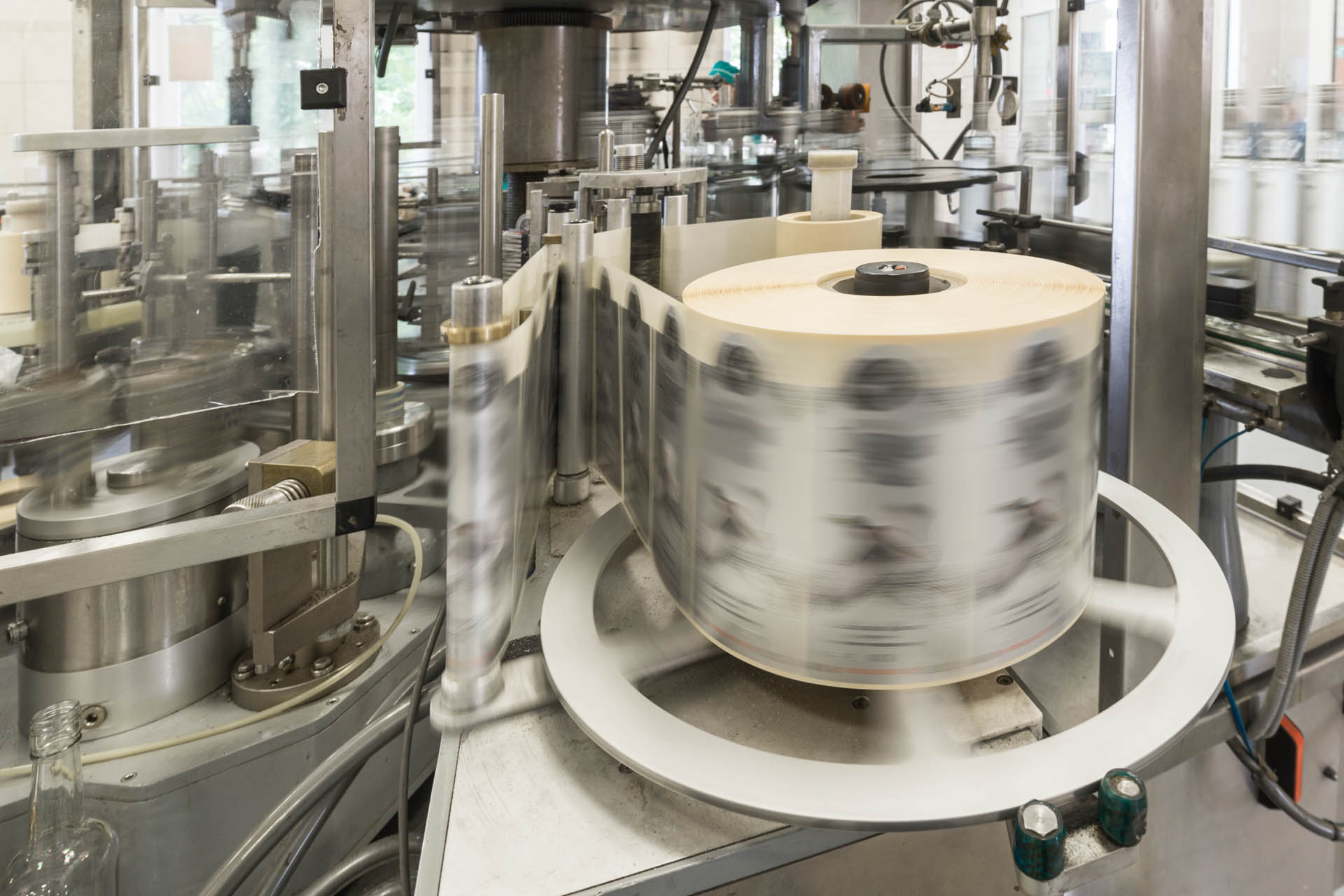Thanks to the European Union’s Single Market, people have a diverse choice of high-quality foods and drinks. For food and drink companies, the Single Market drives healthy competition and stimulates more sustainable production and consumption, while enabling greater resilience and efficiency.
For Nestlé, it means our products can enjoy free movement within the EU, effectively providing European companies with a ‘home’ market of almost 450 million consumers. Indeed, we would argue that the Single Market remains one of the EU’s greatest achievements, with around 82% of traded products now being subject to harmonised rules and about 18% to mutual recognition.
However, there remain areas where the Single Market is incomplete. There continue to be new instances of rules and regulations at the national level, many of which affect the intra-EU movement of food and beverage products.
A topical example that affects Nestlé relates to food packaging and labelling. For the food and beverage industry and for consumers, packaging plays an important role. It delivers critical functionalities in terms of safety as well as quality and provides key information to consumers.
The counter-productive effect of multiple recycling labels
Food and beverage companies often design and produce the same packaging for different EU Member States. From chocolate bars to bags of coffee to cereal packets, the wrapping can be identical across different markets. However, when EU legislation is not harmonised, this leads to a void that may be filled by Member States with their own individual measures. For producers, different packaging requirements for each national market means making new print cylinders, doubling (or tripling) the number of data points and packaging raw material stocks, and multiplying the changeover complexity in operations. The effects of this can also add to the environmental footprint of these products.
We have seen challenges when it comes to new waste laws, including the Single-Use Plastics Directive (SUPD). At the national level, Member States are working on the transposition of these rules, but this is happening at different speeds and in an uneven manner. This has led to over 50 European trade associations, such as FoodDrinkEurope and EUROPEN raising concerns that the current situation risks eroding the Single Market and undermining the nascent circular economy.
Nestlé fully recognises the challenges around packaging and is working to find solutions to address these and help achieve a waste-free future. In this journey, and in the spirit of the European Green Deal, it is crucial to be able to rely on a coherent and harmonised EU-wide approach to the circular economy, waste, packaging and labelling regulations. When Member States implement EU circular economy laws, we would urge that they should strengthen EU Single Market principles.

The European Commission has recognised the challenge and recently launched a study by the Joint Research Centre to assess whether symbols and markings on packaging can be harmonised. We hope that the study will confirm such an approach. In the end, only (national) initiatives developed within, not outside, the EU framework strengthen a true and well-functioning circular economy.
At Nestlé, we want to lead the shift towards sustainable food systems and packaging & labelling are part of that ambition. Enabling conditions and policymaking for investments and innovation that are fully in line with the Single Market and the Green Deal will help.
The Single Market remains one of the EU’s greatest achievements, with around 82% of traded products now being subject to harmonised rules and about 18% to mutual recognition. However, there remain areas where Single Market is incomplete.
The European Commission has recognised the challenge and recently launched a study by the Joint Research Centre to assess whether symbols and markings on packaging can be harmonised. We hope that the study will confirm such an approach.

